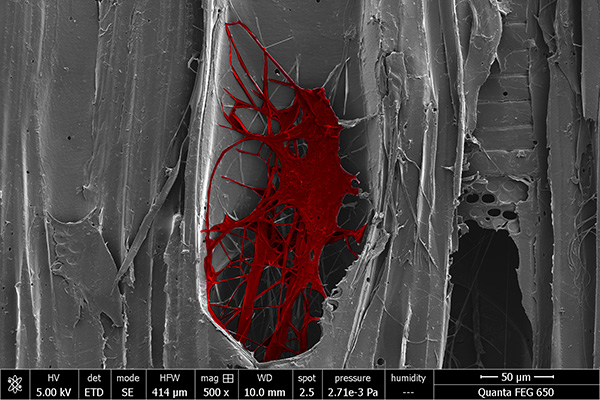Poplar plantations are a wonderful way to get wood from sustainable sources. D4EU´s industrial partner IKEA Industry Malacky manufacture sturdy but lighter furniture from poplar wood, for example. Recyclable but less mold-prone packaging materials are also made from poplar wood. These innovative products should of course be available to you all year round. However, we only harvest the wood for these products in winter. Only then, our poplar trees have already lost their leaves and we will be able to remove less nutrients from the area. In addition, the soil is mostly frozen in winter, so the machines used to harvest the wood do much less damage to the ground. And of course, we do not want to disturb the thousands of animals that live in our poplar plantations from spring to autumn.
If we only harvest our poplar wood in winter, how can we make sure that we don’t run out of wood for our products in the course of the year? Right, we have to store it for up to 8 months. However, this has its pitfalls, because wood is not only a valuable raw material for us. Insects, fungi or lichens also love our poplars.

The picture shows a SEM image of a Schizophyllum commune hyphae (red) inside of a infested poplar vessel
Although, we are otherwise actively foster biodiversity, we do not want to have these residents in our poplar wood because they cause serious damage to the wood. That is why the Institute for Forest Utilization and Forest Technology is investigating the conditions under which the valuable poplar wood should best be stored. The results so far show that the poplars best preserve their good wood properties under water sprinkling and under oxygen exclusion. Our new poster on the effects of storage methods and duration shows you the most important research results in more detail.
